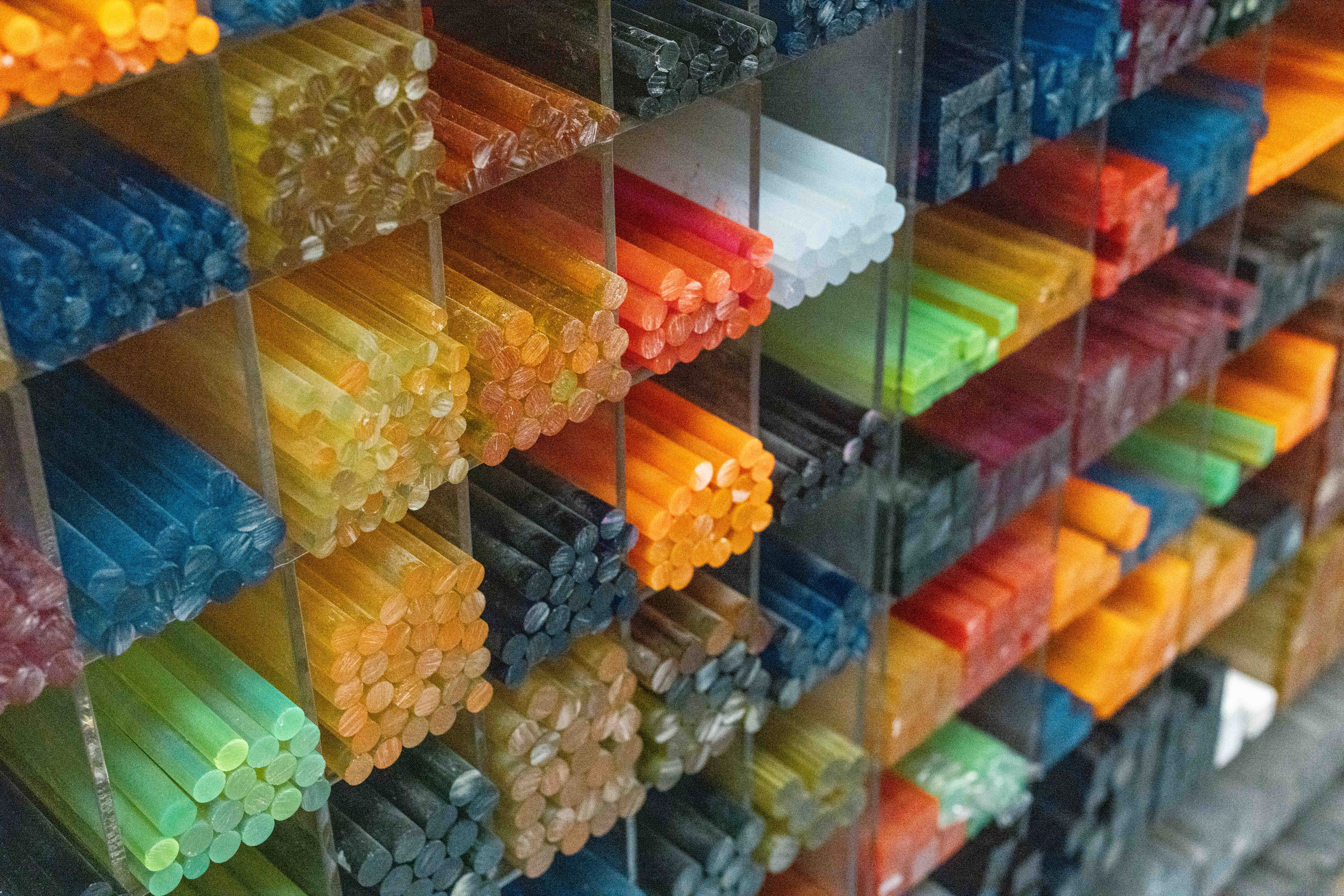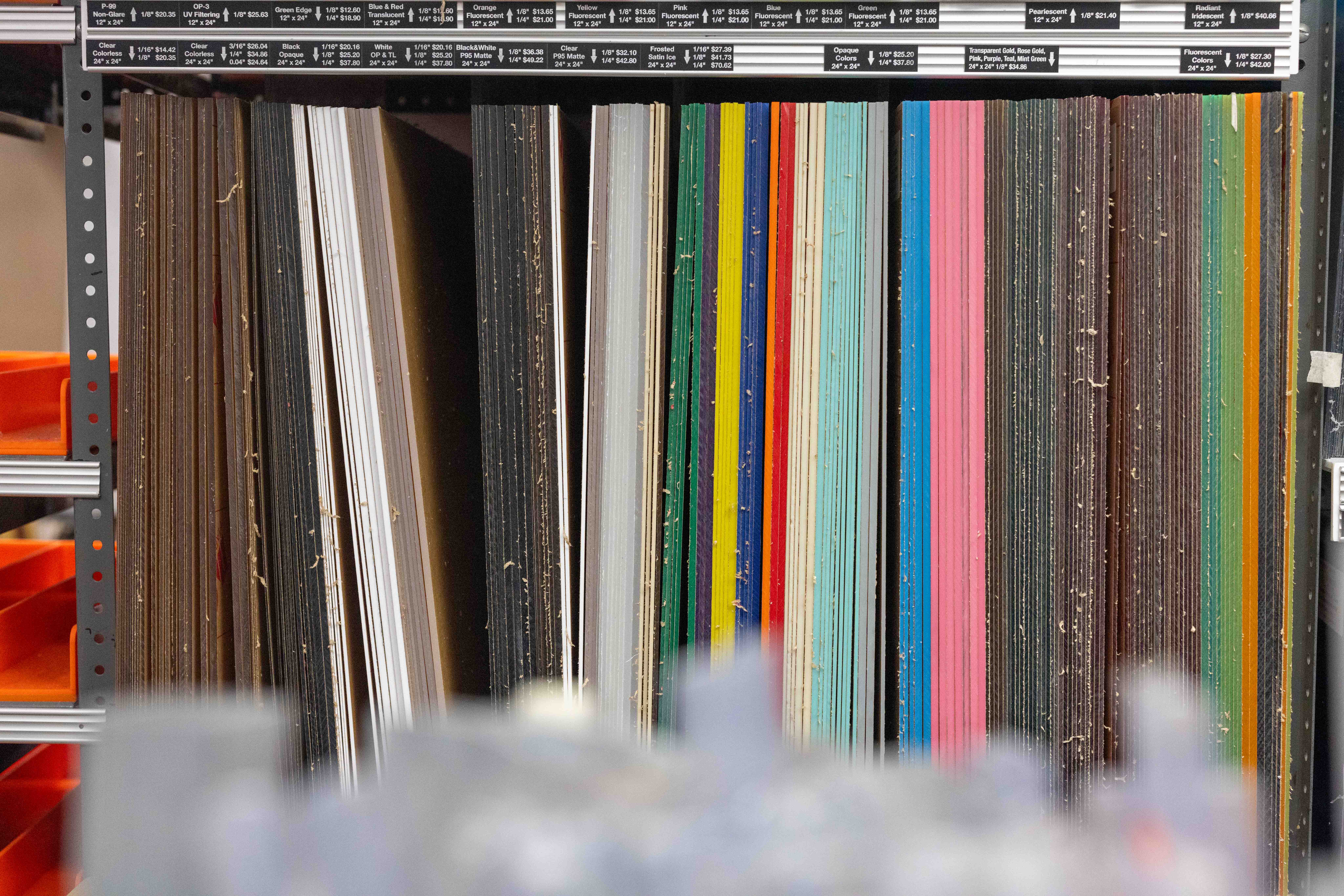I made it to New York. I’ve gotten into the habit of taking the 6:00 a.m. flight from O’Hare to LaGuardia because being so tired practically makes it feel like teleporting. Like you’ve just woken up, and suddenly, you’re in New York.
It’s the morning, a few days later. I’m sitting in my Canal Street hotel, writing. This hotel is more intense than I’m used to. The entrance opens directly onto Canal Street, so when you step outside, you’re really in the thick of it. The energy doesn’t stop when you go inside. The space is compact, fluorescent-lit, and vaguely oppressive. It has the same energy as the apartment Brad Pitt and Gwyneth Paltrow move into in Seven. Anyway, I don’t like this hotel all that much.
I can deal with it fine, though. The tailwind of spontaneity from the last few weeks has continued, and I’m otherwise in New York for Toy Fair—the toy industry’s biggest annual event in the U.S. I’ll barely be in the hotel. In dense cities like New York and Tokyo, your apartment is just “a sarcophagus.” My friend Rafael said that once, and it stuck with me.
When I get to New York, one of the first things I do is go for a walk downtown. Walking in downtown Manhattan is one of the best things you can do—here, or anywhere. It’s simultaneously relaxing and stimulating.
Weirdly, directly across from my hotel, is Canal Plastics Center. It’s a supply shop in China Town that sells plastic stock—polycarbonate, polypropylene, acrylic—in sheets, tubes, blocks, all neatly arranged on shelves. It’s the kind of place artists, architects, or prop makers come to when they need a specific material, now. You can’t get this type of stuff delivered overnight on Amazon.
I was already thinking about plastic—how it’s used for toys, and for all kinds of other things. Then I got to New York, stepped outside my hotel, and saw a whole store dedicated to it. It felt like a coincidence, but also inevitable.
I’ve been into plastic lately. I was randomly entranced by my toothbrush and took photos of it a few weeks ago. Maybe this is just bias from working on toys, but I keep thinking about how quirky of a material plastic actually is.
It’s basically a liquid that’s been frozen. Injection molding turns liquid plastic into precise forms. The expertise required to design the molds is high-level—you have to predict how a liquid will solidify inside of them. For me, observing and trying to figure out how a plastic object was made has become a more difficult, and increasingly fun, puzzle than understanding how wood or metal are cut.
Plastic is made with precision, but meant to be disposable. Weird.
It’s cheap, but perfect? Plastic can be glossy, hyper-saturated, and have this amazing surface finish—qualities usually reserved for expensive materials. Yet it’s cheap and mass-produced.
It’s everywhere, but goes unseen. I never thought much about it as a material until I started working with it more closely.
Altogether, plastic has a certain aesthetic intensity and a contradiction between its precision and disposability that make it intriguing.
Plastic was already on my mind leading up to the trip. It makes sense that I kept noticing it. And naturally, New York had a store full of it right next door.
Here are some photos I took from Canal Plastics Center, and the walk that morning.

























